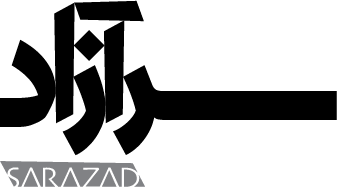1- Can we continue adhering to the prevalent belief that research and artistic endeavours should take a neutral, impersonal, and objective stance? Can talking about and showcasing others, even with the best of intentions, be viewed as an act that steers things toward a positive trajectory? Such assumptions are often challenged in critical thinking. Perhaps a more pertinent question is posed by Martha Rosler: “Which political struggle do you know of where someone championed the cause for another and emerged victorious?” Autoethnography is a notable alternative to these presumptions based on the concept of neutrality. Autoethnography is a research method, a way of writing and an artistic approach that interweaves theoretical concepts with personal experience. It situates lived experiences within the broader social, cultural, political and artistic milieu, effectively historicising them. What is meant here by “history” is not a grand, cohesive narrative but rather a multifaceted and disjointed account.
2- Autoethnography provides a possibility for individuals to voice and chronicle their own experiences, talking about “selves” which have historically been marginalized or disregarded. This method sheds light on personal narratives, bridging voids in existing grand narratives. By contesting conventional research modalities and portrayals, autoethnography emerges as a politically conscious endeavour marked by heightened social cognizance. It interrogates prevailing tales and norms, dissolving distinctions between the observer and the observed. The conventional binary of an authoritative self juxtaposed against a submissive other too often present in research discourses and modes of representation is deconstructed within autoethnography.
Here, the writer occupies both the subject and the object position, offering a dual lens of external observation and internal introspection. This nuanced authorial stance investigates the inherent power imbalances in research, unsettling its traditional dynamics, particularly when external researchers study “exotic” subjects. Historically, research and depictions often aligned with the ambitions of the researchers. Autoethnography, however, equips individuals to sculpt their own cultural and personal sagas. By introspectively analysing contemporary feelings and vividly capturing individual and shared experiences, a dynamic dialogue unfolds. This discourse critically navigates the personal, communal, and societal nexus, transcending mere portrayal.
3- Autoethnography emerges as a potent tool for re-examining the intricate relationships sculpted by colonial systems between various regions and communities, subsequently reshaping them. This is achieved by prioritizing expression over representation. Detractors contend that representation, by its very nature, embeds vestiges of colonialism. It assumes a privileged knowledge and presumed capability to depict the world authentically, thereby precluding an earnest engagement with prevailing circumstances. The discourse surrounding latent representation unmasks persisting power imbalances, systemic hierarchies, and inherent violence. Traditional representational frameworks often marginalize or misrepresent diverse experiences. Contrastingly, autoethnography can be seen through a decolonial lens, primarily because it champions expression over mere portrayal.
